Last Wednesday, Odul and I visited the Autodesk Gallery on One Market St., San Francisco. Autodesk is one of the leading platform developers in 2D and 3D digital visualization technologies, including AutoCAD, 3D Studio MAX, Maya and Revit in their acclaimed portfolio. Each of these software are widely used by architects, industrial designers and all sorts of creatives around the world. What’s more, Autodesk is rapidly developing its Web-based services, too. As two new media researchers with industrial design backgrounds, it was inevitable for us to find ourselves in this user-generated wonderland of 3D models and prototypes while we’re in the Bay Area.
In their own words, The Autodesk Gallery “illustrates the role technology plays in great design and engineering” by presenting “more than 20 different exhibits regularly on display that showcase the innovative work of Autodesk customers”. Indeed, innovative contributions of Autodesk users vary through a range of industries, practices and cultures; including the design of California Academy of Sciences building (the so-called ‘greenest building’ in CA), LEGO’s impressive giant dinosaur model and “Digital Designer” software, or Sony’s animations for their animated movie “Cloudy with a Chance of Meatballs”. What hooked us on to media companies’ works with Autodesk was the term they use to define their practice, “Virtual Cinematography” as they put it.
Some other exhibits that are worth mentioning here were the innovative architectural experiments of Gage/Clemencau Architects who used automobile modeling tools for designing buildings and resulted in brilliant flowing shapes and structures in architectural forms, Shanghai Tower and how it was designed to include the performance aspect in built spaces, and the “Szechuan Disaster Reconstruction Project” that aims designing affordable and easy-to-build houses for earthquake sufferers by using their existing skills and resources in China.
Another impressive model was actually presented as an interactive simulation, where visitors can drive around in a virtual reconstruction of San Francisco’s proposed Presidio Parkway, and have a first-hand experience after which they can share their comments on the proposed design. In fact, it was a real pleasure to cruise in the San Francisco of the future while seated in an old plaza in the historic Bay Bridge district of the city.
Courtesy of our tour guide, Edward De Guzman, an Autodesk user-experience researcher, we also had the chance to learn about Autodesk’s vision on transferring more of their services online, which sounds very promising for the future of collaborative design on the Web and other online environments. Hopefully, I will be visiting AutoDesk again, where I will try to learn more about these initiatives and visions.
Until then, The Autodesk Gallery at One Market is open to the public every Wednesday from 12-5 p.m., with a guided tour at 12:30 p.m. I highly recommend everyone who visits SF to stop by and experience this user-created heaven of creative ideas, experiments and designs that are in the making.
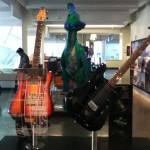
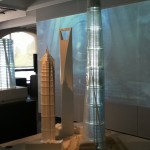
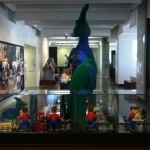
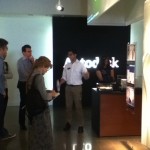
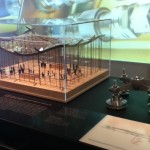
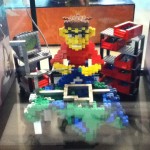
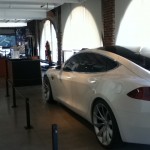
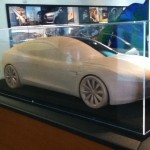
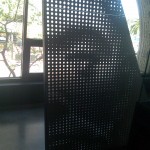
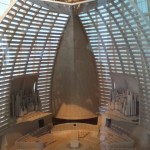
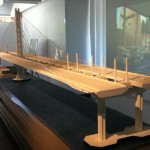
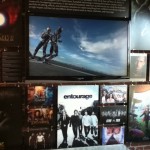



Thanks for spreading the word about the Autodesk Gallery at One Market.
wow, they made those in such a great detail. Amazing